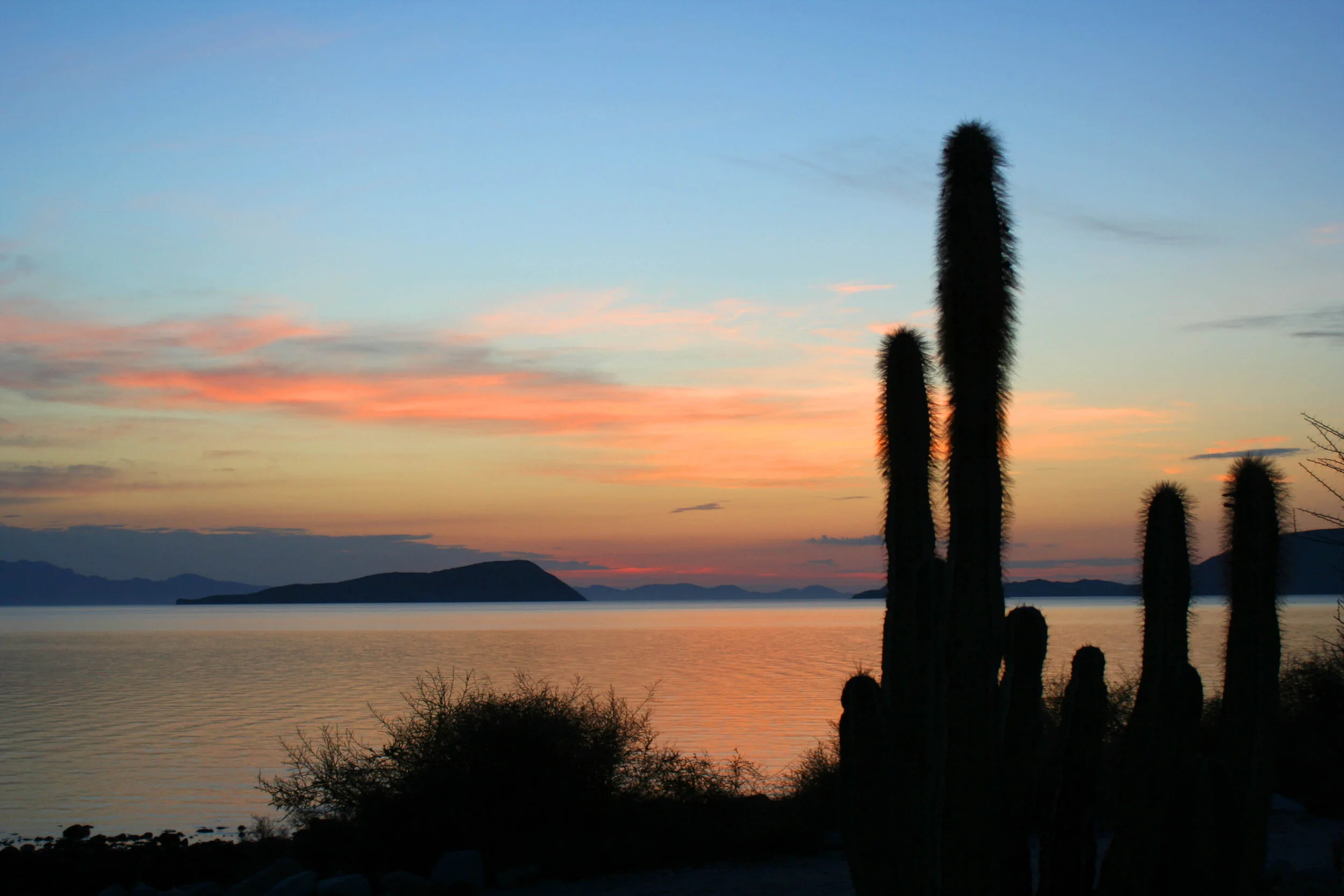We are excited to announce that The Devil’s Road: A Baja Adventure is now available to watch.
We hope you enjoy the film, and pass it along to friends or family, or to anyone interested in Baja, natural history, adventure, or conservation.
Be sure to subscribe to our YouTube channel, and connect with us on Facebook, Twitter (@devilsroadfilm), and Instagram (@devilsroadfilm)!
ABOUT THE FILM:
In 1905, two American naturalists set out on horseback across the remote deserts of Baja California, Mexico.
Their 2,000-mile expedition was the first of its kind to span the entire peninsula and complete a comprehensive survey of Baja's flora and fauna. Zig-zagging from coast to coast across the desolate interior, Edward William Nelson and Edward Alphonso Goldman described plants and animals unknown to science.
One hundred years later, Goldman's descendants return to Baja to retrace the steps of this landmark expedition on motorcycles, and document the changing nature of this strange and beautiful landscape.

